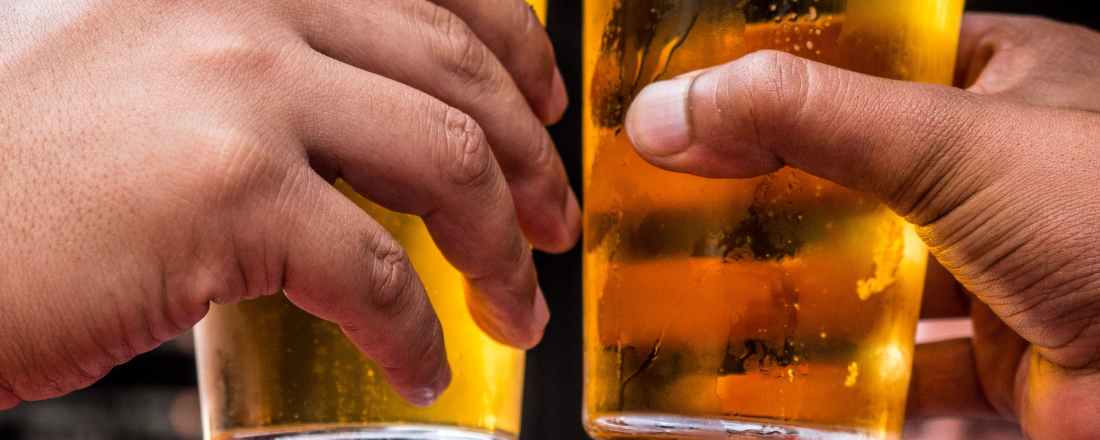
In the News
Cancer Warning Labels Needed on Alcohol Beverages
- Scripps News
-
Issues
Alcohol, Cancer -
Programs
Alcohol Research Group

“The CDC says drinking alcohol increases your risk of getting six different types of cancers.
1989 — the year of big hair. The first season of “The Simpsons” and the fall of the Berlin Wall. It’s also the last time the U.S. government updated the health warning labels on alcohol.
“The bottom line is our government is asleep at warning people about alcohol,” said David Jernigan, a professor at Boston University School of Public Health.
For over 30 years the label at the bottom of your can or bottle mentions risks to pregnancy, operating heavy machinery and your health — but nothing specifically about cancer’s link to alcohol. Every so often a new study may bring a headline showing a potential health benefit from drinking certain types of alcohol, like one suggesting red wine could reduce COVID infection rates. Some doctors preach everything in moderation, but other health professionals are skeptical that any alcohol provides any benefits.
“There’s actually over 200 unique health risks caused by alcohol,” said Marissa Hall, behavioral scientist at the University of North Carolina.
The World Health Organization warns there is “no safe level” of alcohol consumption. Now there’s a renewed push from scientists, researchers and doctors who say the current label in the U.S. is not effective, nor is it up to date with science. Current federal dietary guidelines state: If you do drink, men should not have more than two drinks a day and women should only have one or less. Those same guidelines don’t recommend starting to drink alcohol for any reason.
Pamela Trangenstein, a scientist with the federally funded Alcohol Research Group, says that’s because the more you drink, the more your cancer risk goes up.

Alcohol is responsible for 20 cancer deaths every hour of every day of the year. And all of those deaths are preventable.Pamela Trangenstein, PhD, Scientist
Alcohol Research Group
Hall, a scientist who specializes in health behaviors, says the cancer risk applies to all alcoholic drinks — even among light and moderate drinkers.
“It’s really the amount of ethanol and acetaldehyde that is in the alcohol that can contribute to cancer,” Hall said.
According to the CDC, when our body breaks down the ethanol in alcohol, it turns into a toxic chemical called acetaldehyde.”
Click on the link below to read the full article.
Originally published by Scripps News
More Updates
Work With Us
You change the world. We do the rest. Explore fiscal sponsorship at PHI.
Support Us
Together, we can accelerate our response to public health’s most critical issues.
Find Employment
Begin your career at the Public Health Institute.



